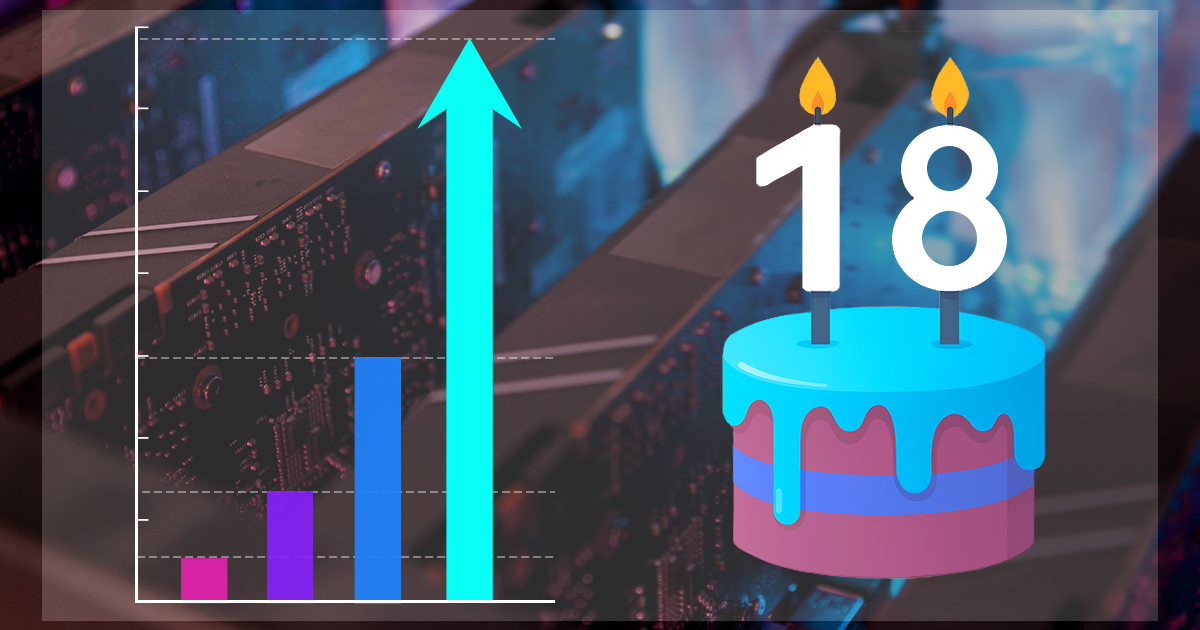Full-disk encryption presents an immediate challenge to forensic experts. When acquiring computers with encrypted system volumes, the investigation cannot go forward without breaking the encryption first. Traditionally, experts would remove the hard drive(s), make disk images and work from there. We are offering a faster and easier way to access information required to break full-disk system encryption by booting from a flash drive and obtaining encryption metadata required to brute-force the original plain-text passwords to encrypted volumes. For non-system volumes, experts can quickly pull the system’s hibernation file to extract on-the-fly encryption keys later on with Elcomsoft Forensic Disk Decryptor.
The new generation of jailbreaks has arrived. Available for iOS 11 and iOS 12 (up to and including iOS 12.1.2), rootless jailbreaks offer significantly more forensically sound extraction compared to traditional jailbreaks. Learn how rootless jailbreaks are different to classic jailbreaks, why they are better for forensic extractions and what traces they leave behind.
The new generation of jailbreaks has arrived for iPhones and iPads running iOS 12. Rootless jailbreaks offer experts the same low-level access to the file system as classic jailbreaks – but without their drawbacks. We’ve been closely watching the development of rootless jailbreaks, and developed full physical acquisition support (including keychain decryption) for Apple devices running iOS 12.0 through 12.1.2. Learn how to install a rootless jailbreak and how to perform physical extraction with Elcomsoft iOS Forensic Toolkit.

In our previous article Why SSDs Die a Sudden Death (and How to Deal with It) we talked about SSD endurance and how it’s not the only thing affecting real life reliability. In that article, we assumed that manufacturers’ specifications of certain SSD models remain similar for a given SSD model. In fact, this is not the case. Quite a few manufacturers play tricks with consumers, releasing a certain SSD model with top notch specifications only to downgrade them at some point during the production cycle (but certainly after receiving its share of glowing reviews). While some OEMs do note the change at least in the revision number, the rest will just quote the small print allowing them to “change specifications at any time without prior notice”. We’ve seen well known SSD manufacturers switching from reliable MLC NAND to planar TLC trash within the same model (and zero notice to potential buyers). How can you tell which NAND configuration your particular SSD drive employs and whether or not it lives up to your expectations? Read along to find out.
Today’s smartphones and wearable devices collect overwhelming amounts of data about the user’s health. Health information including the user’s daily activities, workouts, medical conditions, body measurements and many other types of information is undoubtedly one of the most sensitive types of data. Yet, smartphone users are lenient to trust this highly sensitive information to other parties. In this research, we’ll figure out how Apple and Google as two major mobile OS manufacturers collect, store, process and secure health data. We’ll analyze Apple Health and Google Fit, research what information they store in the cloud, learn how to extract the data. We’ll also analyze how both companies secure health information and how much of that data is available to third parties.
Since April 2018, Apple made iTunes available to Windows 10 users through the Microsoft Store. While the stand-alone download remains available from Apple’s Web site, it is no longer offered by default to Windows 10 users. Instead, visitors are directed to Microsoft Store, which will handle the installation and updates of the iTunes app.
Many thanks to Roman Morozov, ACELab technical support specialist, for sharing his extensive knowledge and expertise and for all the time he spent ditching bugs in this article.
Many thanks to Roman Morozov, ACELab technical support specialist, for sharing his extensive knowledge and expertise and for all the time he spent ditching bugs in this article.
Some 22 years ago, Microsoft made an attempt to make Windows more secure by adding an extra layer of protection. The SAM Lock Tool, commonly known as SYSKEY (the name of its executable file), was used to encrypt the content of the Windows Security Account Manager (SAM) database. The encryption was using a 128-bit RC4 encryption key.
Heartrate, sleeping habits, workouts, steps and walking routines are just a few things that come to mind when we speak of Apple Health. Introduced in September 2014 with iOS 8, the Apple Health app is pre-installed on all iPhones. The app makes use of low-energy sensors, constantly collecting information about the user’s physical activities. With optional extra hardware (e.g. Apple Watch), Apple Health can collect significantly more information. In this article we’ll talk about the types of evidence collected by Apple Health, how they are stored and how to extract the data. (more…)


